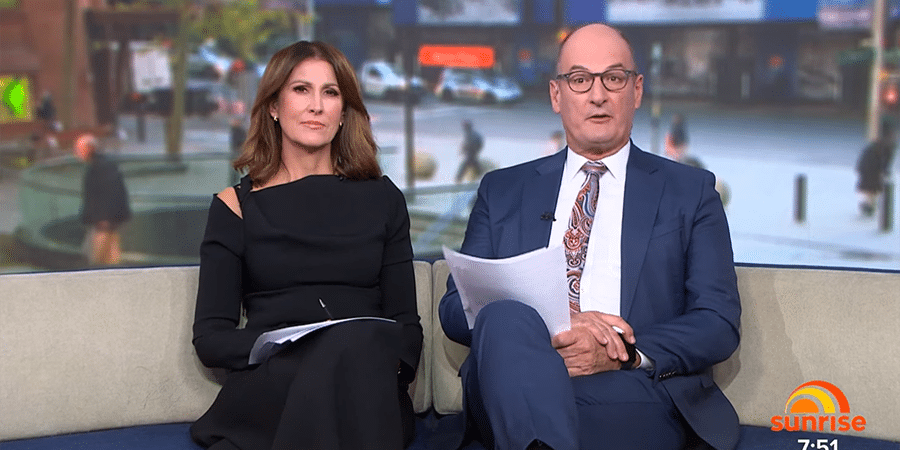
Speaking to Channel 7 morning show Sunrise this week, Charlotte’s mum says she has made fantastic progress since the treatment and the future looks brighter – she is now walking independently, starting to talk and interact with her siblings.
“It was just absolutely incredible seeing her make these enormous leaps in such a short space of time… It’s improved her quality of life incredibly,” she said.
And while Charlotte was lucky she was able to have the infusion from her younger sister, Emma, most umbilical cord blood isn’t stored unless specified by the family.
Professor Iona Novak, Cerebral Palsy Alliance Chair of Allied Health at University of Sydney, told Sunrise that more needs to be done to ensure that umbilical cord blood is available and accessible for further clinical trials.
“Most people throw the umbilical cord blood away, but actually it’s possible to donate it or to store it, and that’s a really important thing we can do to help people with brain injury,” said Professor Novak.
While there have been dozens of studies of stem cells and its potential applications for cerebral palsy, stem cells are not yet readily available as a treatment. Click here to read more about what we have learned from 15 years of research – and where to next for stem cells and CP.
“We’ve finished phase one [trials], we’ve finished phase two, there’s a big need for a phase three trial in Australia, and we need these samples to make that possible.”
“I think this is a treatment that’s just a short way around the corner.”
Cell Care Australia offers a free cord blood collection and storage service for children of siblings with cerebral palsy, aiming to ensure as many families of children with cerebral palsy as possible have access to potential future cord blood trials – find out more here.
Want to find out more about stem cells and cerebral palsy?